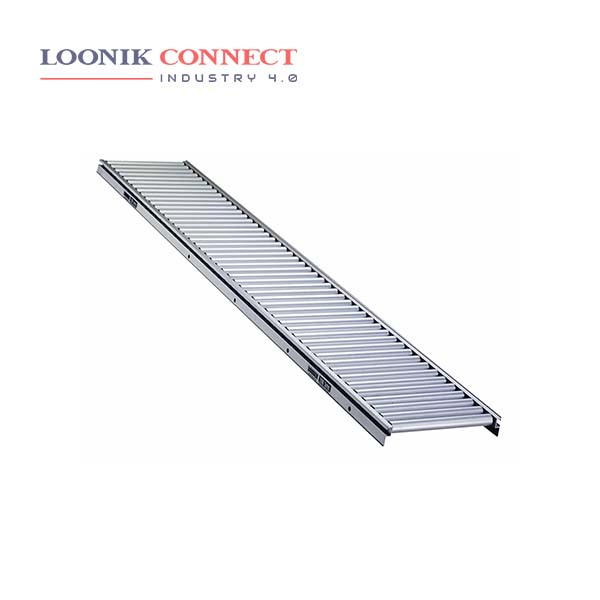Roller conveyors are normally used in environments such as warehouses or manufacturing facilities due to the nature of transporting goods. Using a roller conveyor can add versatility to the type of transfers, diverters, and stops that can be used as part of a conveyor system or automation system. Advantages of roller conveyors It is a very fast, safe load transport system thanks to the various sensors and devices. It reduces the risk of goods being damaged. They also withstand heavy-duty loads.
Unpowered Roller Conveyors Cost-effective gravity rollers can be used for many purposes including: As transfer sections between belt conveyors or live roller conveyors. For storing empty or filled containers. For transferring empty containers to workstations or full containers to shipping. Roller conveyors are used primarily in material handling applications such as on loading docks, for baggage handling, or on assembly lines among many others. The rollers are not powered and use gravity, if inclined, to move the product, or manually if mounted horizontally.
Rollers are most often used for road construction or for creating compact foundations for large areas although they can also be used in areas as diverse as landfill sites or agricultural projects. The primary use for rollers is to crush, knead or vibrate loose materials by applying direct pressure. There are two main styles, motor-driven roller conveyors and chain-driven live rollers. Follow the links to the pages dedicated to those two conveyor types. Belt-driven roller conveyor is another alternative where the rollers are driven by a belt. These types of conveyors are more common for curves.










